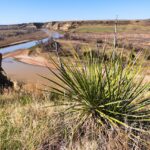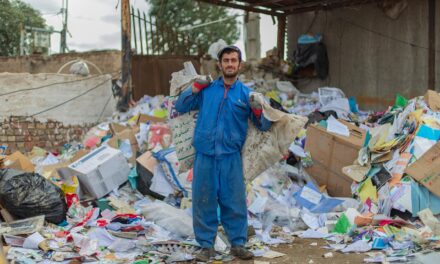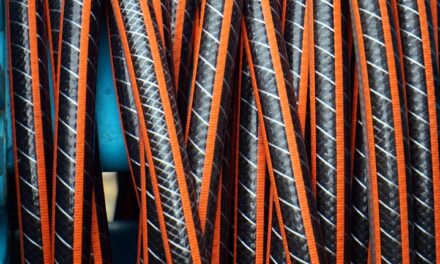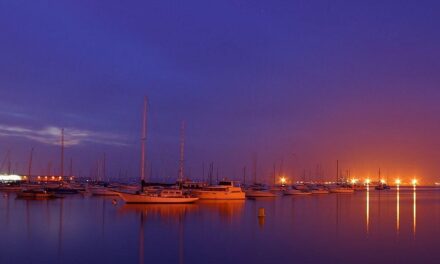Water Shortage in The Great Salt Lake water shortages impact several areas, towns, and cities in Utah.
Water Shortage, etc…
Expository Version:
The Great Salt Lake: A Body of Water in Peril
The Great Salt Lake, an expansive body of water in Utah, is an integral part of the region’s ecosystem. However, it is currently facing a severe water shortage crisis attributed to multiple factors.
Sources of Water and Shrinkage
The water that sustains the Great Salt Lake originates from mountain watersheds in Utah, Idaho, and Wyoming. These watersheds collect precipitation and convey it through rivers and streams into the lake. However, due to climate change, population growth, and inefficient water usage, the amount of water flowing into the Great Salt Lake has been dwindling.
Consequences of Shrinkage
The shrinkage of the Great Salt Lake has dire consequences for the region. As the water level declines, the salt concentration increases, adversely affecting the lake’s unique ecosystem. The lake is home to a diverse array of wildlife, including brine shrimp and various bird species. The increased salinity can disrupt their habitats and limit their survival.
Furthermore, the shrinkage impacts air quality by exposing more of the lake’s dry bed, releasing particulate matter into the atmosphere. The decrease in water volume also affects the local economy, as the lake supports industries such as brine extraction and tourism.
A Tapestry of Factors
The ongoing water shortage crisis facing the Great Salt Lake is a complex issue woven from multiple threads. Climate change disrupts precipitation patterns, reducing the amount of water available for the lake. Population growth and urban expansion increase water consumption, further depleting the lake’s sources. Inefficient water use exacerbates the situation by allowing valuable water to escape through leaky infrastructure and unsustainable agricultural practices.
A Call to Action
The shrinkage of the Great Salt Lake poses a significant threat to the environment, economy, and well-being of Utah. Addressing this crisis requires a comprehensive approach, including conservation efforts, water usage optimization, and climate change mitigation measures. By working collectively, we can ensure the preservation of this iconic body of water for future generations.
The Great Salt Lake: A Thirsty Story
TL;DR: The Great Salt Lake is shrinking, and that’s a big problem for Utah. Climate change is making things worse, and we need to find ways to save water. There are ideas like using water more wisely and changing how we grow food.
The Great Salt Lake’s Water Journey
Imagine a giant bathtub that slowly fills with water from rivers and streams. That bathtub is the Great Salt Lake, and the water that goes into it comes from the mountains of Utah and parts of Idaho and Wyoming. This water journey is called the water cycle.
The journey starts with snow falling in the mountains. As the weather warms, the snow melts, and the water flows down rivers and streams. Some of this water evaporates and goes back into the atmosphere, but a lot of it flows into the Great Salt Lake.
A Shrinking Lake
The Great Salt Lake is shrinking, and that’s a big problem. Think of it like a giant puddle that keeps getting smaller. This is happening because there’s not enough water flowing into the lake.
Here’s why:
- Climate change is making the weather hotter and drier, which means less snow falls in the mountains and more water evaporates.
- More people are living in Utah, and they need water for drinking, showering, and watering their lawns. This means less water is flowing into the lake.
The Impact of the Shrinking Lake
When the lake shrinks, it’s like a domino effect. Here are just a few of the problems:
- The air quality gets worse. The Great Salt Lake naturally helps to clean the air by trapping dust and pollutants. When the lake shrinks, there’s less surface area to do this.
- The water quality gets worse. When there’s less water in the lake, the salt levels increase, which can harm fish and other wildlife.
- The economy suffers. The Great Salt Lake is a popular destination for recreation and tourism. The shrinking lake could hurt local businesses.
Finding Solutions
So what can we do? We need to act fast to save the Great Salt Lake.
Water Conservation:
- Water-wise gardens: Planting plants that don’t need a lot of water can save a lot of water.
- Low-flow showerheads: These showerheads use less water, but you can still get a good shower.
- Fixing leaks: Even a small leak can waste a lot of water over time.
Innovative Irrigation:
- Drip irrigation: This method delivers water directly to the roots of plants, which means less water is wasted.
- Smart irrigation systems: These systems use sensors to monitor soil moisture and adjust watering schedules accordingly, preventing overwatering.
Policy Measures:
- Water restrictions: Limiting the amount of water people can use, especially during droughts, can help conserve water.
- Investing in water infrastructure: This could include building new reservoirs or upgrading existing water systems to make them more efficient.
Active Climate Rescue Initiative:
The Active Climate Rescue Initiative (https://climate-rescue.org/) is a non-profit organization working hard to solve the Great Basin’s water supply issues. They believe that by educating people and working on sustainable solutions, we can create a brighter future for the Great Salt Lake.
A Summary of Our Thirsty Story
The Great Salt Lake is facing a water shortage crisis due to climate change, population growth, and inefficient water use. The consequences of this shrinkage are severe, affecting air and water quality, the local economy, and the health of the ecosystem. To address this challenge, we must adopt water conservation measures, implement innovative irrigation techniques, and support policy measures that prioritize water conservation and sustainable water management. Organizations like the Active Climate Rescue Initiative are crucial in leading these efforts, fostering a sense of community responsibility, and advocating for long-term solutions. By acting collectively and decisively, we can ensure a brighter future for the Great Salt Lake and its surrounding communities.
More on Water Shortage…
- Water scarcity
- Water stress
- Water conservation
- Water efficiency
- Drought
- Water shortage management
- Long-term water management
- Integrated water resources management
- Water demand management
- Water supply planning
- Water conservation measures
- Water pricing
- Water allocation
- Water rights
- Water quality
- Water infrastructure
- Water governance
- Water conservation programs
- Water conservation education
- Water conservation tips











